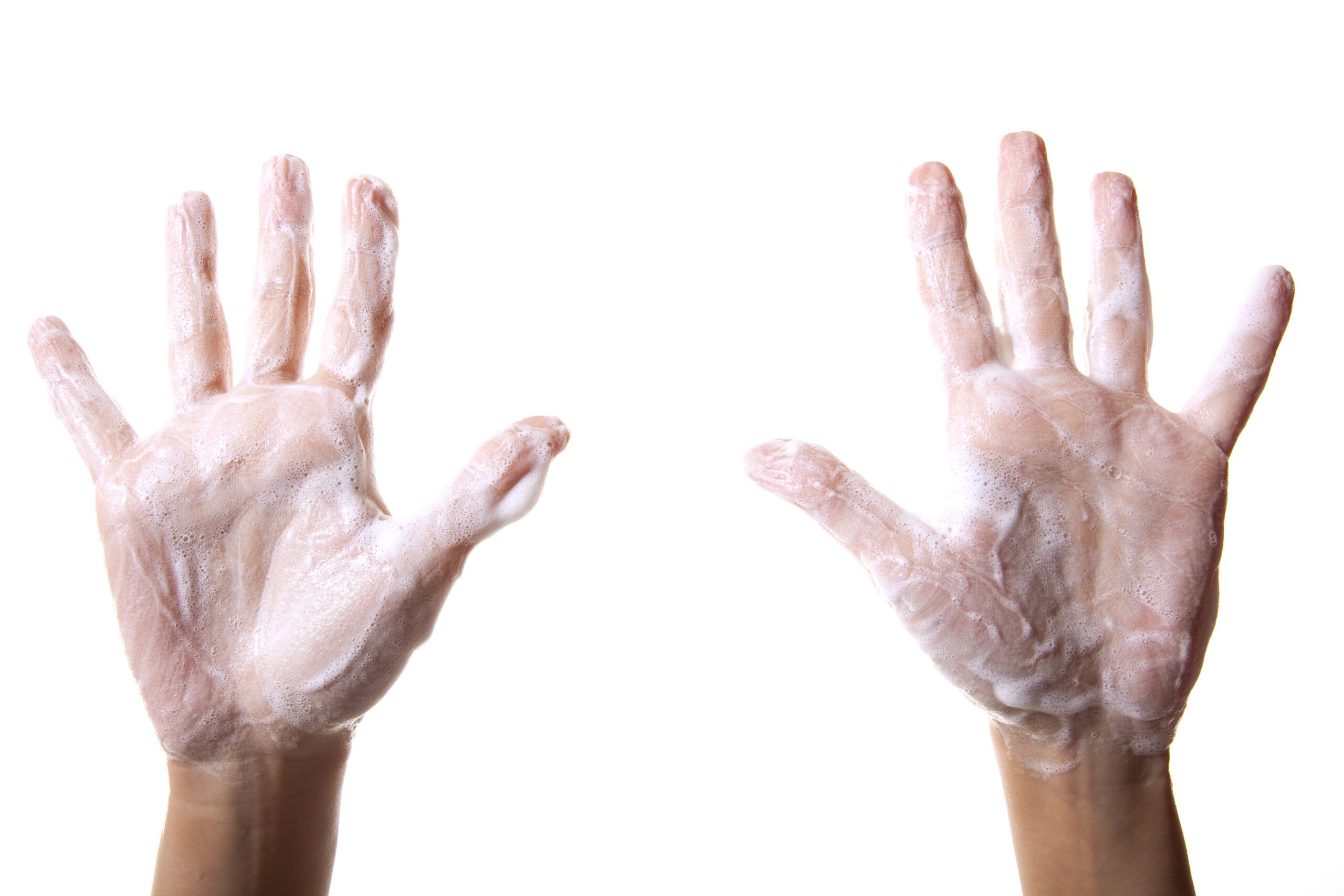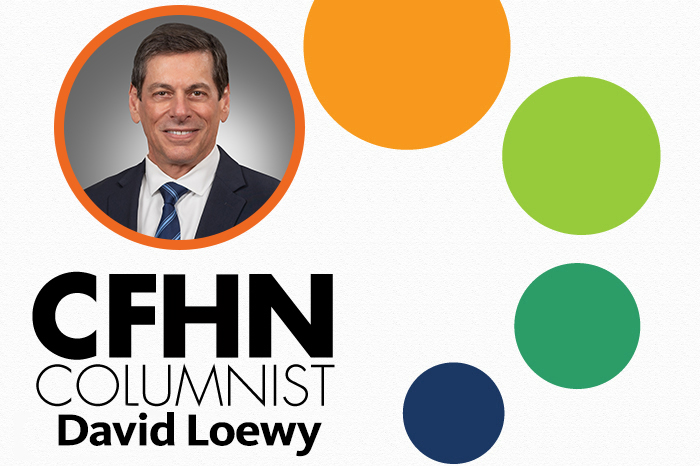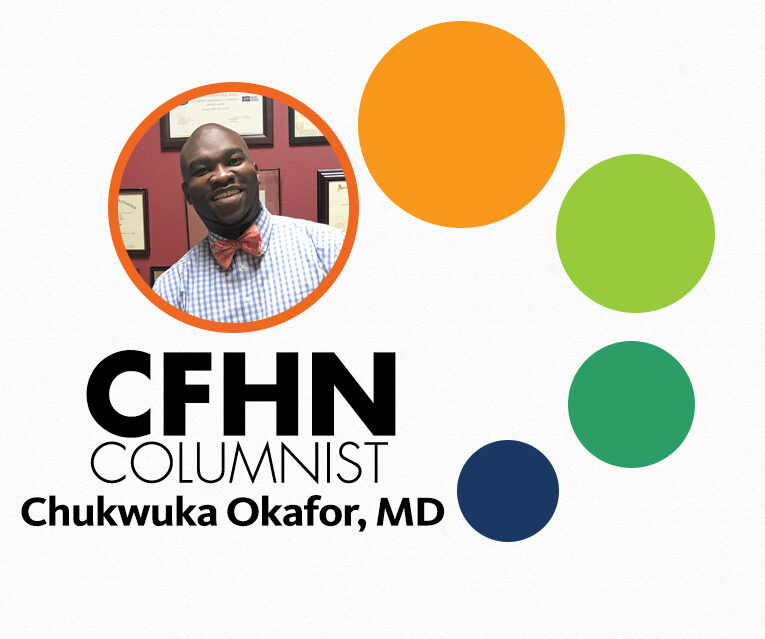
Health News
Features
-
Put your dirty hands in the air
Give Bad Bacteria the Stick Up with these Simple Steps Germs. The uninvited guest. The invisible menace. They are everywhere, even in places that look spotless. So how can you tell if something is truly clean? According to Joe Rubino, head microbiologist for Lysol, there are two types of clean. There is the visual…
-
Young blood (pressure, that is)
Hypertension is an increasing threat amongst young adults Nearly one in five young adults have high blood pressure, a surprising jump that has prompted researchers to call it a “sleeping epidemic” according to a new study by the University of North Carolina, Chapel Hill. UNC researchers analyzed data on more than 14,000 men and women…
-
The good, the bad and the ugly cholesterol
Q&A with Cynthia L. Ritter, CCRN, MSN, ARNP-C Central Florida Health News: Is there a “Good” and “Bad” cholesterol? Cynthia L. Ritter: Yes. Cholesterol is made of two types of lipoproteins, triglycerides and something called Lp(a). The two lipoproteins, low-density lipoprotein (LDL) and high-density lipoprotein (HDL) have been given the terms good and bad cholesterol.…
Columns
-
Refractive Surgery – What does it mean?
Refractive error is the term used to describe the need for glasses or contact lenses to see clearly. Another alternative exists to these aids, namely Refractive Surgery. Refractive Surgery is an operation designed to correct a refractive error of the eyes. Historically there have been many Refractive Surgery procedures developed. Currently, there are two very…
-
Gaining a Better Understanding of Pacemakers and Defibrillators
Pacemakers and defibrillators have become so common. Everyone has questions and concerns about these. Here are some frequently asked questions and answers. What are pacemakers and defibrillators used for? Pacemakers are used when the heart rate is too slow or stops and the patient is symptomatic: dizziness or blackouts usually. Conversely, defibrillators are for the…
-
Use of Opioids as First-Line Treatment a Slippery Slope
What do Michael Jackson, Heath Ledger, and Chris Farley have in common? These are celebrities who developed dependence on prescription drugs that started with legitimate use after injuries or procedures. They subsequently developed an addiction, which culminated in their unfortunate and untimely deaths due to unintentional overdose. Just a few examples of other celebrities who…



